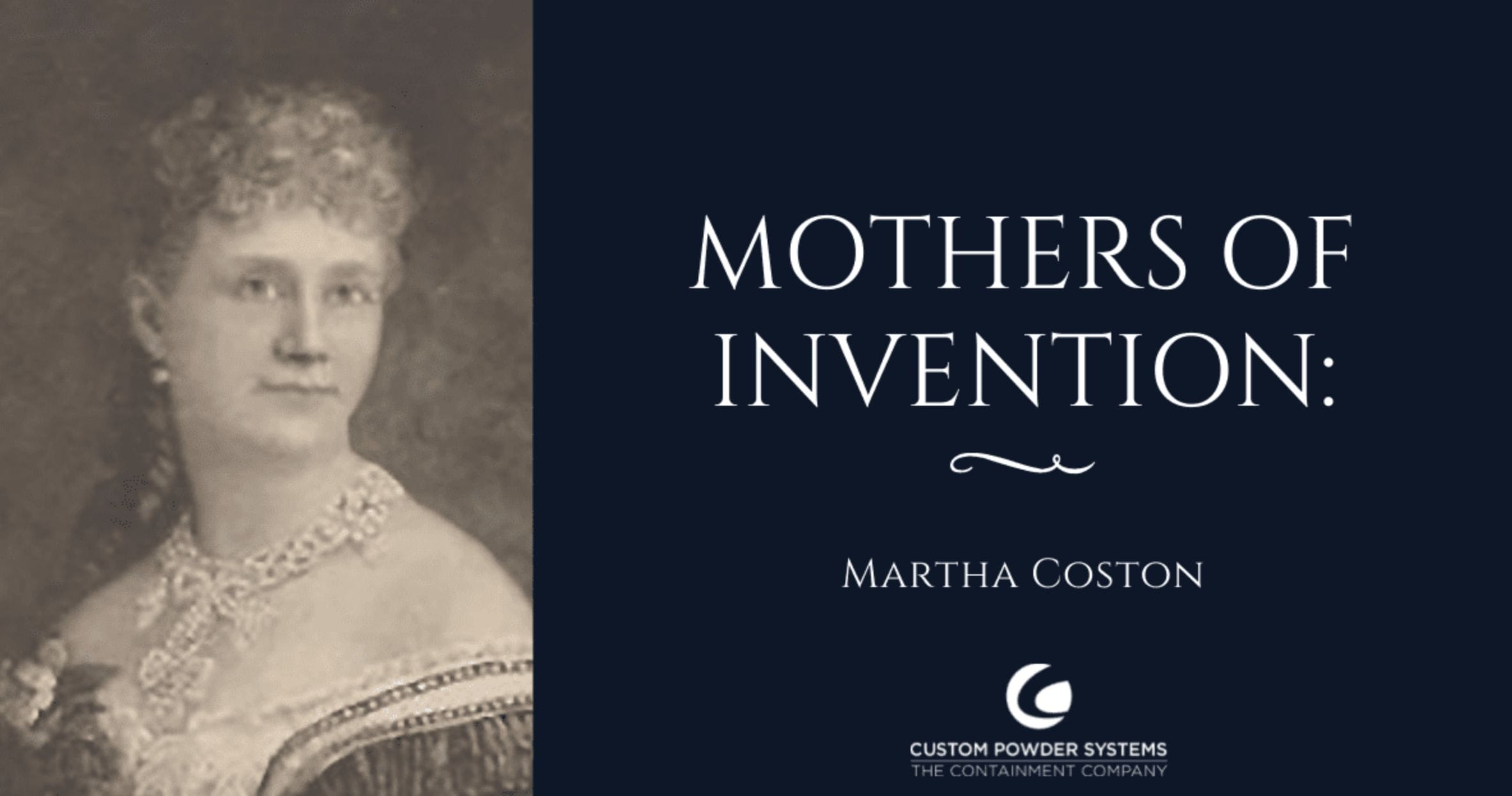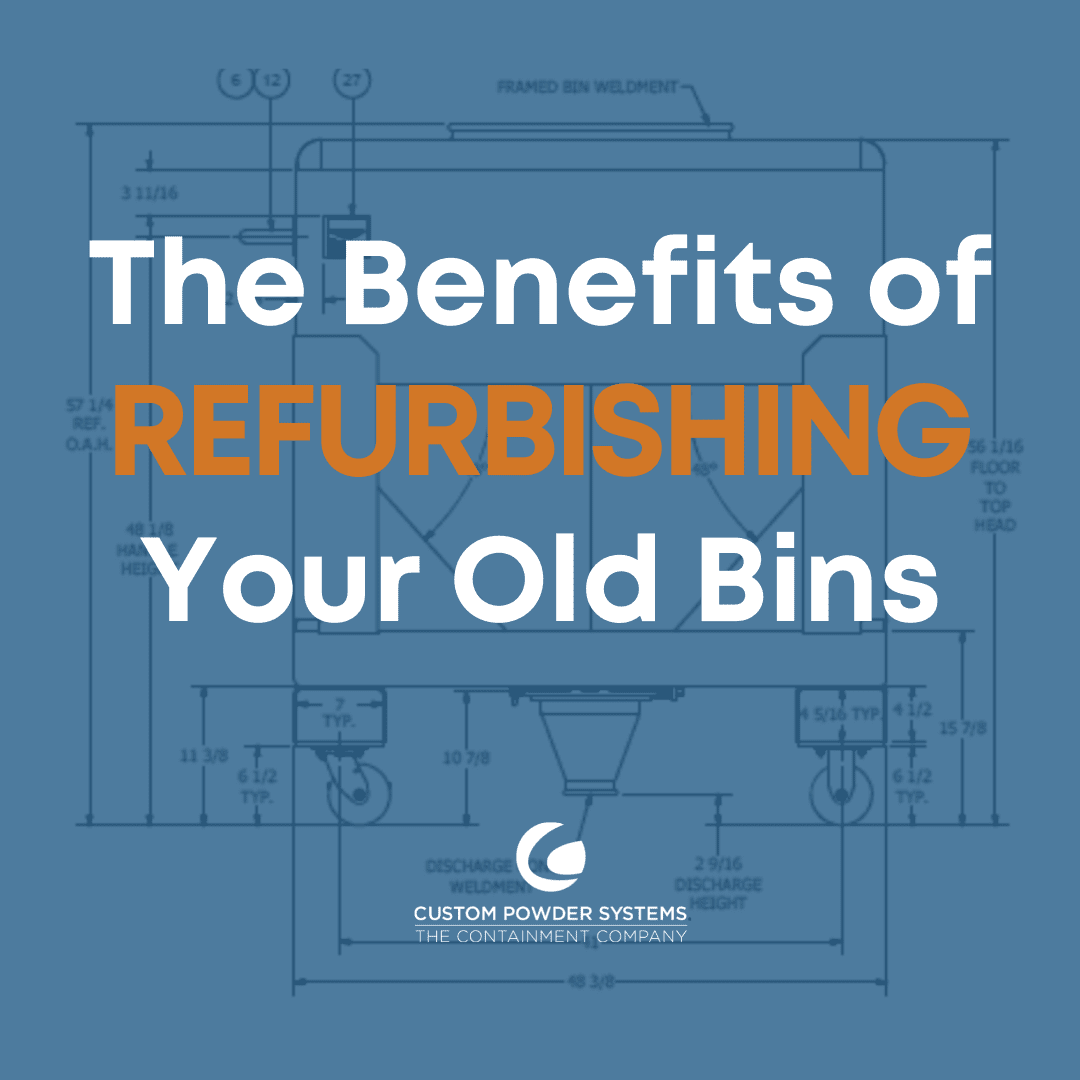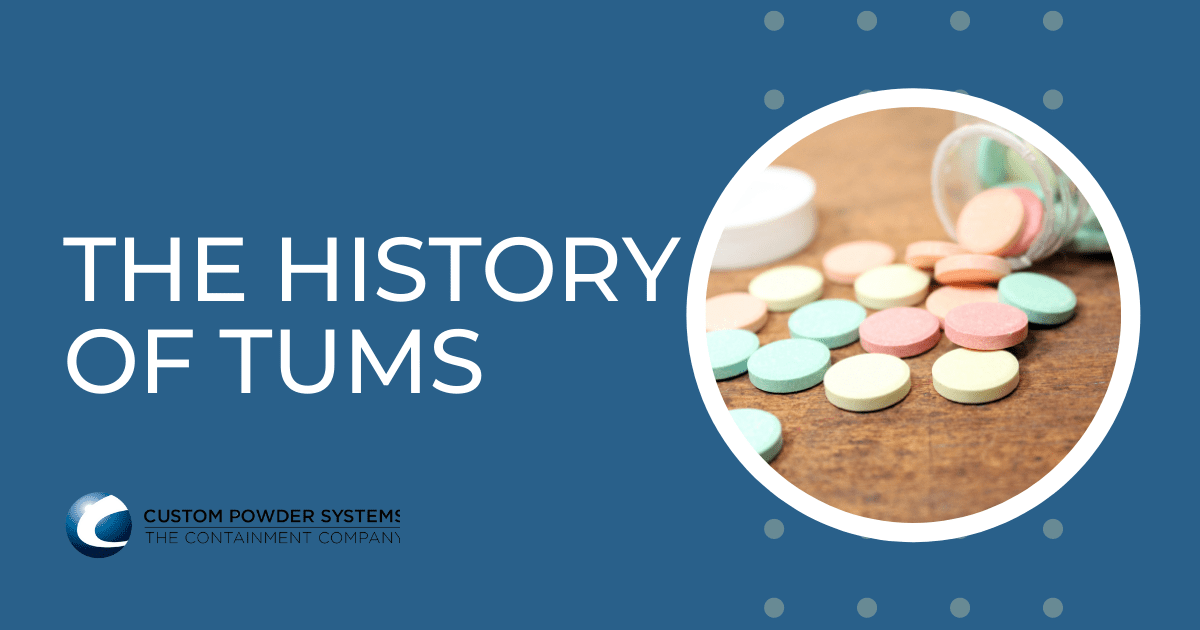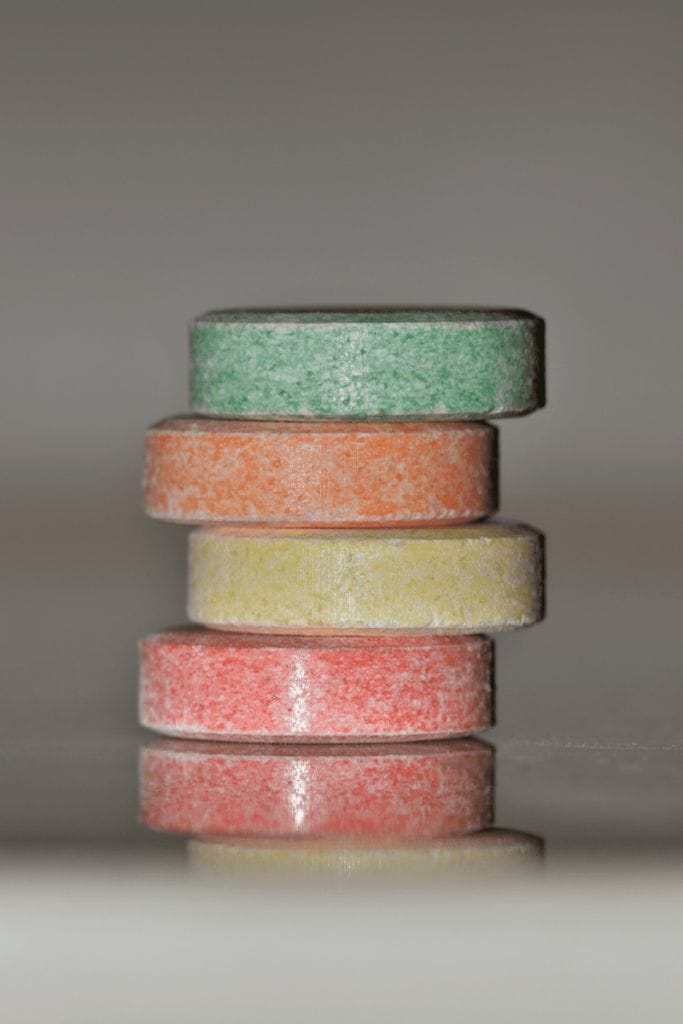Did you know that “The Most Beautiful Woman in Film” was also responsible for the ideas behind what we now know as WiFi, GPS, and Bluetooth technology? Here are some insights into the incredible mind and talent of Hedy Lamarr.
It is hard to find a better example of “Beauty and Brains” than Hedy Lamarr. While she is best known for her iconic film roles in early Hollywood, Hedy was also an incredibly talented and intelligent inventor. The latter laid the foundation for several types of wireless communication we constantly utilize today.
A Creative and Intellectual Mind
Born in Vienna, Austria, on November 9th, 1914, Hedwig Eva Maria Kiesler was the only child of two affluent parents who cared deeply about developing her mind creatively and intellectually. Hedy’s father spent a great deal of time explaining the interworkings of various machines and encouraging her to look at the world with open eyes. At the same time, her mother nurtured her artistic side by facilitating ballet and piano lessons.
While she was known to be found tinkering with machines and had a significant intellectual promise from a young age, Heady’s acting career quickly took prominence after she starred in the 1932 German film Extase (“Extasy”). Soon after, she caught the attention of MGM executives, signed a lucrative film contract, and starred in the Oscar-nominated films Algiers, Sampson and Delilah.
A Talented Actress and Inventor
After moving to Hollywood and officially changing her name, Hedy Lamarr lived a dual lifestyle as a film star and inventor. While the media industry regarded her as the “Most Beautiful Woman in Film,” Hedy spent most of her downtime embracing her scientific side. She had an impressive inventing table at her house and was even gifted small equipment set to work within her trailer between filming scenes.
Her most notable designs include a faster airplane wing, an improved stoplight, and a water-dissolvable tablet that would make a soda similar to a cola. However, during WWII, perhaps her greatest invention came: a secret communication system in which both transmitter and receiver radio waves would “hop” to new frequencies together. This concept would help guide torpedos to their intended targets without enemy interception of classified military strategies, signals, and messages.
A Feminist Bombshell
Though Hedy’s revolutionary idea received a patent, it expired before the concept was effectively put to use. Years later, “frequency hopping” became an essential tool in military operations and, subsequently, the telecommunications industry, paving the way for modern-day devices like Wi-Fi, Bluetooth, and GPS. Though the U.S. military has since publicly acknowledged the significant impact of Hedy’s invention on technological advancements, her estate has never gotten compensation for her work on what started a now $30 billion industry.
Hedy Lamarr was a woman who was most revered for her beauty but personally found her brain to be her true calling. She was recognized with awards for her accomplishments later in her life. In 2014, she was posthumously inducted into the National Inventors Hall of Fame for the development of her frequency hopping technology. Her legacy of many talents was shared in the 2017 film, Bombshell: The Hedy Lamarr Story, highlighting her acting credits and incredible inventor’s spirit.
“Hope and curiosity about the future seemed better than guarantees. That’s the way I was. The unknown was always so attractive to me and still is.” – Hedy Lamarr.
To hear more stories about professional women whose perseverance has made them inspirational figures in their fields, check out our podcast, The Art of Engineering.
Sign up for our newsletter to hear more about the Art of Engineer.















